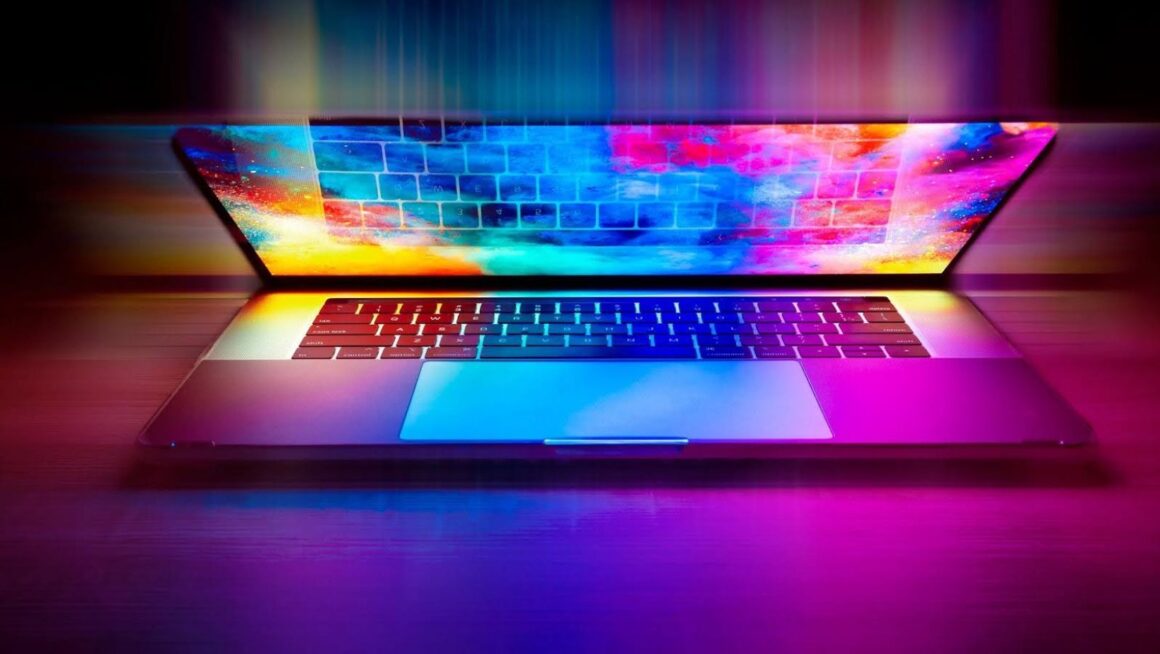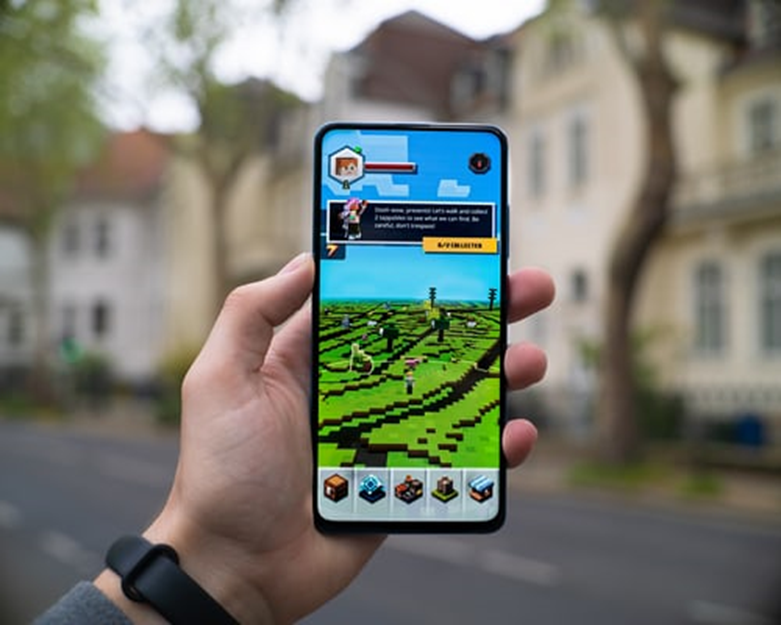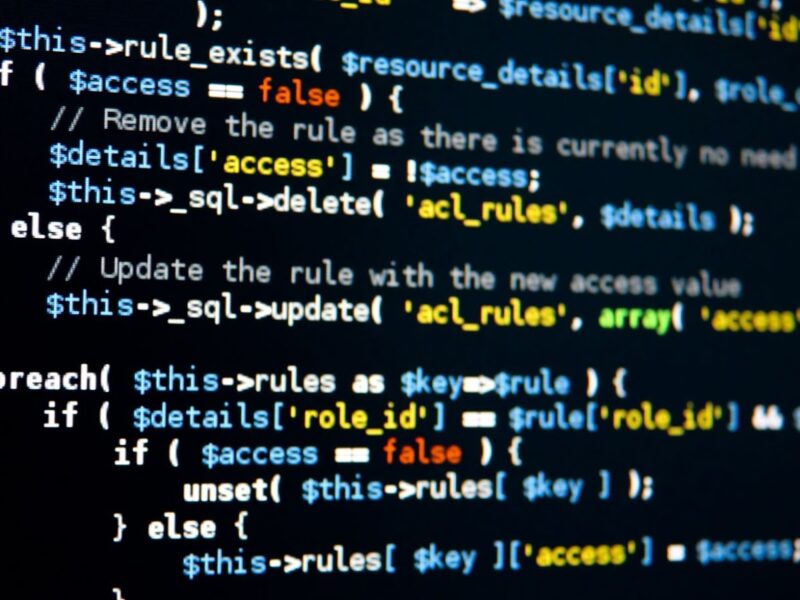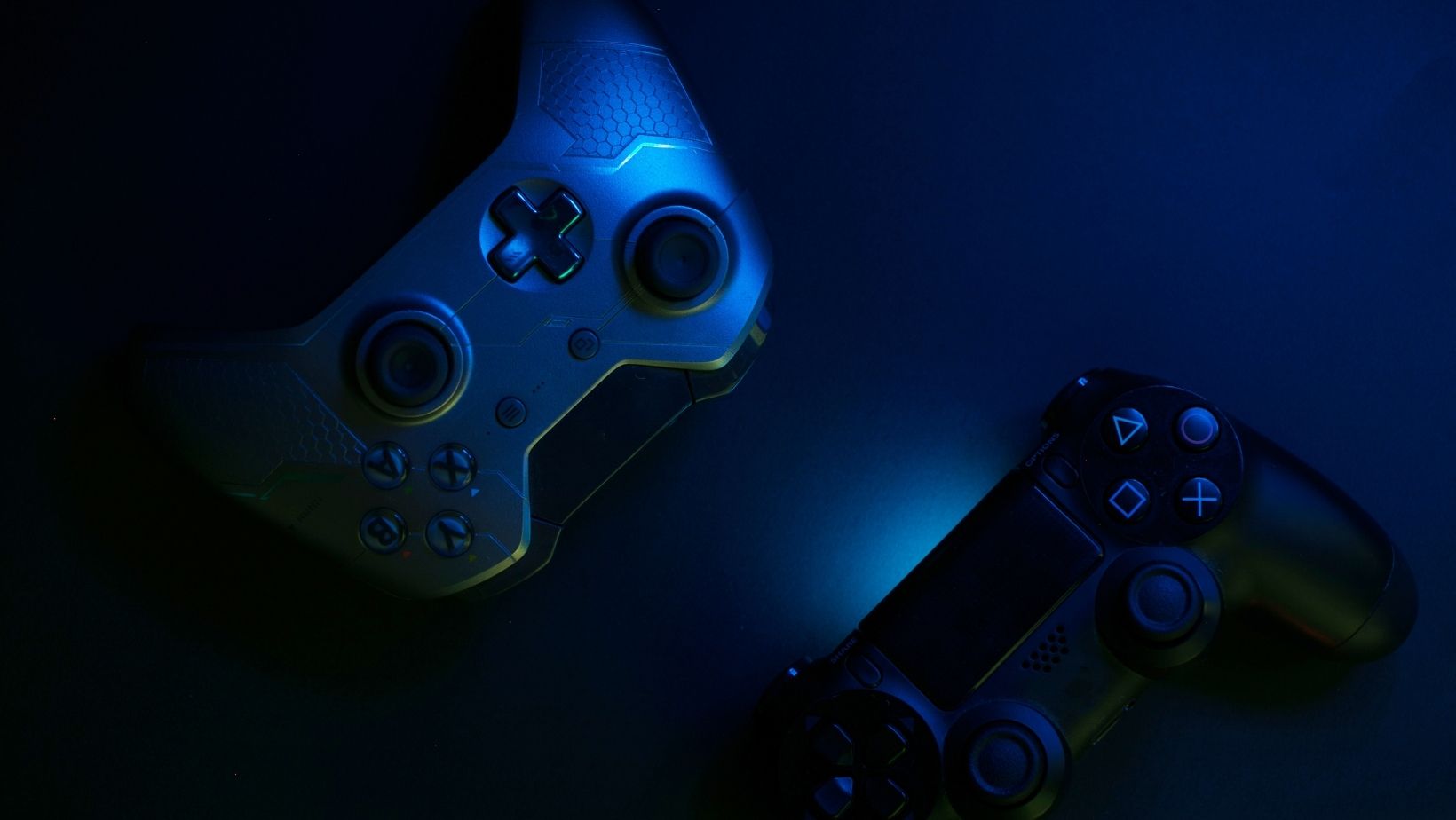Table of Contents
- 1. Transforming Storyboarding in Film & TV
- 2. Revolutionizing Game Concept Art and Asset Creation
- 3. Personalizing User Experiences in Virtual Entertainment Spaces
- 4. Making Indie Creators More Competitive
- 5. Accelerating “Image to 3D” Conversion for Animation and Gaming
- 6. Generating Backgrounds and Filler Assets at Scale
- 7. Opening the Door to New Genres and Visual Experiments
- Final Frame: The Future of Visual Creation Starts Now
The future is already here, quietly transforming how stories are imagined, developed, and delivered. From major studios to indie creators, AI image generation is accelerating workflows, expanding artistic possibilities, and unlocking entirely new genres that weren’t feasible as little as five years ago.
Despite the headlines, AI isn’t replacing creativity. It’s empowering creatives, and the shift is already underway.
1. Transforming Storyboarding in Film & TV
Storyboarding has long been the visual backbone of film and television production. However, it’s also traditionally been a time-intensive process involving illustrators, multiple revisions, and a fair amount of guesswork.
AI image generation tools are cutting through that friction!
Today, directors and writers can use AI to instantly visualize scenes based on simple text prompts or scripts. Storytellers can align their creative vision and production much faster and enjoy fewer misunderstandings along the way.
2. Revolutionizing Game Concept Art and Asset Creation
The early stages of game design are often a blur of imagination and iteration. Developers sketch characters, environments, and entire worlds, often under really tight deadlines.
However, AI is stepping in as a robust creative partner, generating fully formed visual concepts from basic prompts.
Rather than manually redrawing dozens of character variations, developers can prompt AI to explore hundreds of options in minutes. Tools trained on vast art databases can output new art styles, adjust for genre-specific aesthetics, or mimic the look of classic franchises.
This gives artists space to explore bold, creative directions without burning through their time or budget. It is democratizing game development, letting smaller studios test ideas with the polish of AAA teams.
3. Personalizing User Experiences in Virtual Entertainment Spaces
AI image generation is making it possible to adapt visual content to individual users in real time. Whether it’s a virtual concert venue that reflects your taste in lighting and style, or an RPG character that evolves visually based on your decisions, AI is turning passive spectators into active participants.
Platforms are now experimenting with AI-generated avatars that mirror user expressions, environments that respond to emotion cues, and generative scenery that reshapes itself based on playstyle or mood.
4. Making Indie Creators More Competitive
Not long ago, producing professional-grade visuals meant hiring artists, animators, and an entire post-production team. For indie creators working on passion projects with limited budgets, that was a huge barrier. Fortunately, AI image generation is leveling the playing field.
Now, a solo developer can generate cinematic-quality environments and dynamic character models to produce standout indie games that compete with even major game developers. This accessibility is critical in an industry where success can hinge on a pitch deck, teaser trailer, or early-access demo that hooks an audience.
5. Accelerating “Image to 3D” Conversion for Animation and Gaming
Traditionally, turning a 2D concept image into a 3D model was a complex process involving modelers, riggers, and texture artists. However, with recent advances in AI-driven modeling, the image-to-3D path from sketch to screen has become dramatically faster and more efficient.
AI systems trained on millions of real-world shapes and forms can now generate 3D meshes from flat images, intelligently predicting structure, depth, and scale. Animators and developers can then refine those outputs with far less manual labor.
These tools offer an intuitive bridge between concept art and production-ready assets, drastically reducing pipeline bottlenecks and freeing up expensive resources for indie gamers. Instead of spending weeks sculpting a model from scratch, you can now prototype and iterate in hours.
6. Generating Backgrounds and Filler Assets at Scale
Creating a visually immersive world means going beyond the main characters or focal environments. It requires entire cities, landscapes, and interiors with props, textures, and background elements. Doing that by hand takes time, and lots of it.
AI image generation excels at exactly this kind of scale.
Developers are now using AI to produce thousands of filler assets, such as trees, atmospheric backgrounds, textured walls, and everyday items like chairs. These assets, while subtle, add richness and depth to the player’s experience, helping create hidden gems in gaming that leave a lasting impact.
7. Opening the Door to New Genres and Visual Experiments
Creators are using AI to explore surrealist, dreamlike, or highly stylized aesthetics that once required enormous budgets or painstaking digital artistry.
But now, artists can generate hundreds of variations on a visual theme in seconds. They can blend unexpected styles or mash up cultural references in new ways, bringing with them a new wave of storytelling.
Final Frame: The Future of Visual Creation Starts Now
The entertainment industry is entering a new era of visual storytelling, and AI image generation is at the center of it.
Whether you’re an animator, game designer, filmmaker, or digital artist, AI image generation can be a powerful tool — and not a threatening competitor. So, explore and experiment with AI image generation, and leverage it to boost your creative output.







